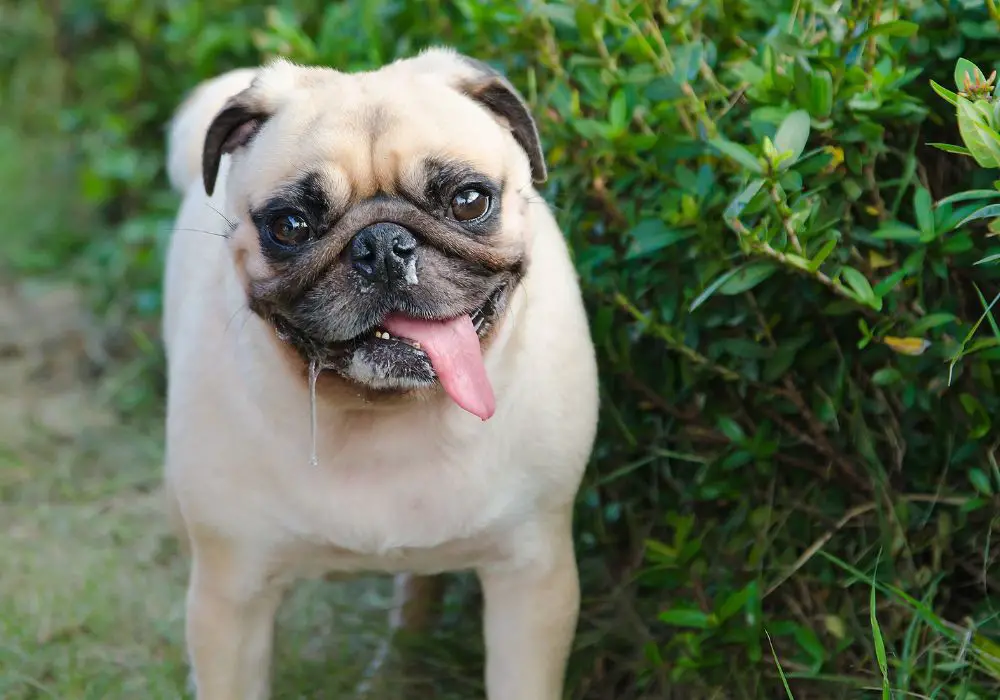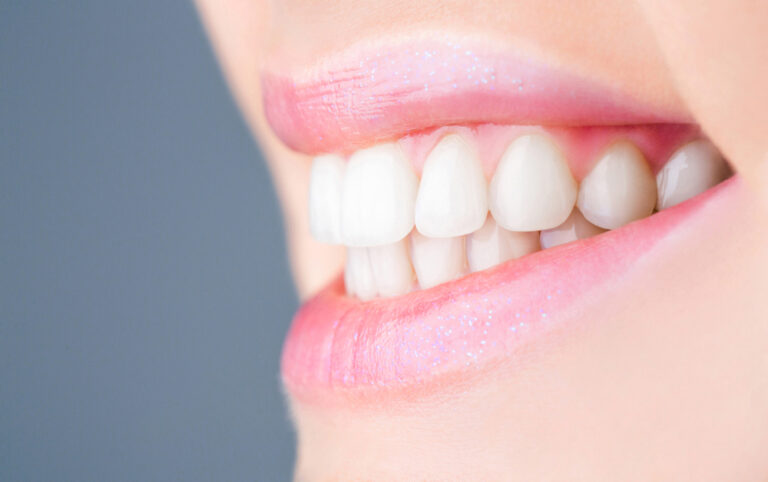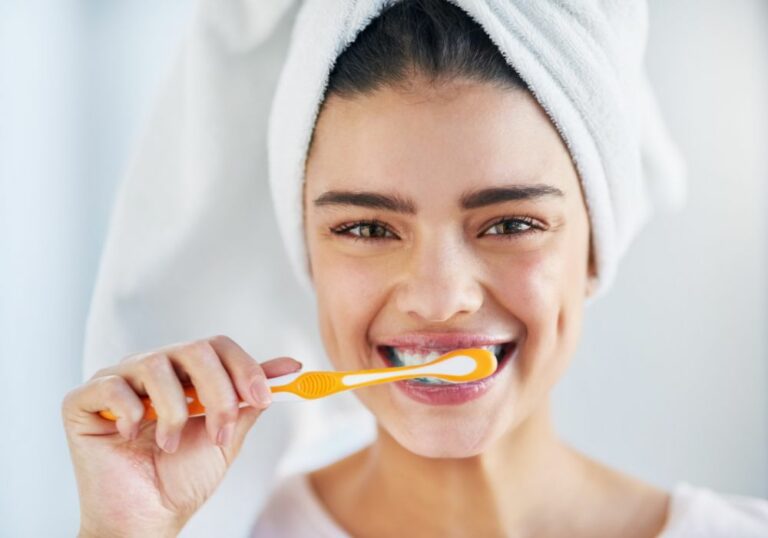Teeth chattering and foaming at the mouth are common behaviors in dogs that can have a wide range of causes. While they are often completely normal expressions of excitement or stress, they can also signal potentially serious medical conditions that require veterinary attention.
This comprehensive article will cover the key points on canine teeth chattering and foamy saliva:
- Defining teeth chattering and foamy saliva in dogs
- Most common reasons dogs chatter teeth and foam
- Determining if it’s normal or a health concern
- Symptoms that warrant seeing the vet urgently
- Diagnostic tests vets may recommend
- Possible treatment options for underlying causes
- At-home care tips for mild cases
- Preventing problematic teeth chattering/drooling
- Answers to frequent owner questions
Armed with this helpful information, dog owners will know when teeth chattering and foamy drool are nothing to worry about, and when they are signs of illness requiring prompt veterinary care.
What is teeth chattering?
Teeth chattering refers to when a dog rapidly clicks their upper and lower teeth together repeatedly, creating an obvious chattering or clicking sound. The lower jaw moves up and down quickly, sometimes vibrating visibly.
This is different from normal jaw motion of occasionally snapping the teeth that some dogs do when excited or interested in a scent. With teeth chattering, there is a persistent, fast motion rather than an isolated snap of the jaws.
Some of the most common reasons dogs chatter their teeth include:
Excitement
- Many normal, healthy dogs start chattering their teeth when they anticipate something very enjoyable, like going for a car ride or walk, being fed, or getting a new toy. Puppies will often start teeth chattering when they see their owner grab the leash.
- Excitement-related chattering is usually accompanied by other body language like wagging tail, whining/barking, and moving around energetically. The chattering typically starts and stops suddenly based on the stimulus.
Stress or anxiety
- Dogs may chatter their teeth when frightened or feeling anxious or threatened.
- Stress-related chattering may occur during loud noises like fireworks or thunderstorms, encounters with strange dogs or people, visits to the veterinary clinic, or when faced with any situation the dog perceives as scary or unfamiliar.
- Anxious chattering is thought to be an instinctual reaction to alert others in their group to potential danger. The sound serves as an alarm.
- Other body language like tucked tail, cowering, and pupil dilation usually accompanies stress or fear chattering. It tends to be more persistent than the brief chattering from being excited.
Dental pain or oral discomfort
- Discomfort or pain localized in the mouth is a common cause of unusual teeth chattering and may indicate issues like fractured teeth, tooth root abscess, gum infection, or foreign objects lodged in the gums.
- Dental pain often causes chattering when the dog is chewing or yawning. There may be localized swelling of the gums or muzzle area. Drooling and bad breath can also be present.
- Head shyness and reluctance to eat crunchy kibble are other signs of oral discomfort that may accompany teeth chattering.
Idiopathic (compulsive) teeth chattering
- Some dogs, especially certain breeds like Dobermans, can develop a compulsive habit of rapid teeth chattering without any identifiable trigger or stimulation.
- This abnormal behavior may stem from underlying neurological, behavior, or obsessive-compulsive disorders.
- Dogs with idiopathic teeth chattering typically have no other signs of injury or illness. The chattering itself seems involuntary. It may occur frequently throughout the day.
Respiratory infections
- Infections in the throat, tonsils, sinuses, and lungs can sometimes cause discomfort leading to unusual teeth chattering.
- Other symptoms like coughing, sneezing, nasal discharge, fever, and lethargy usually accompany infectious chattering. It tends to be persistent rather than coming and going.
- Kennel cough is a common upper respiratory infection that can cause throat irritation and chattering.
What causes foamy saliva in dogs?

Foamy saliva describes drool that has white, frothy bubbles throughout it. There are several possible explanations:
Normal panting
- The turbulence created when dogs breathe heavily through the mouth can whip air into the saliva and create foamy drool. This is very common after exercise or when a dog is hot.
- Panting-related foam is generally white and watery. It usually resolves once the dog rests and body temperature regulates.
Kennel cough
- The thick nasal discharge from upper respiratory infections like kennel cough, canine influenza, and pneumonia mixes with saliva when dogs cough or sneeze.
- This creates dense, white, frothy foam when the dog exhales forcefully. The foam has a wet, bubbly texture and may be coughed up.
Nausea
- Dogs prone to nausea from car sickness, acid reflux, and other gastrointestinal issues often drool excessively and produce foamy vomit.
- The foam results from stomach acids and digestion enzymes mixing with the saliva. It may have a yellowish tint.
- Nausea drooling typically increases when the dog anticipates car rides or feeding time. Lip smacking and swallowing repeatedly are also signs.
Seizures and epilepsy
- Some dogs foam at the mouth before or after epileptic seizures due to muscle tremors, nausea, and uncoordinated swallowing.
- Seizure-related drooling foam is generally thick and sticky, unlike the watery foam from panting. It may turn reddish if the dog bites its tongue or cheeks during the seizure.
- Other signs like loss of consciousness, paddling legs, and urinating support epilepsy as the cause.
Exposure to toxins or caustic substances
- Ingesting toxic substances like pesticides, organic compounds, and heavy metals often causes profuse salivation and foamy drool.
- The unfamiliar chemical taste and irritation to the mucosa triggers overproduction of saliva. The foam may have a colored tinge depending on the toxin.
- Additional symptoms like vomiting, diarrhea, abdominal pain, weakness, and collapse typically accompany toxic drooling.
Rabies
- While rare in vaccinated dogs, rabies infection often causes thick, profuse, foamy drool due to the virus inflaming nerves that stimulate saliva production.
- Rabid dogs usually cannot swallow properly, so the foamy saliva just pours freely from the mouth. Other signs include seizures, abnormal behavior, and aggression.
Hypersalivation disorders
- Some dogs have medical conditions leading to overproduction of saliva. The excess volume and turbulence generate foamy drool.
- Possible causes include gastroesophageal reflux disease, nausea, Kennel syndrome, oral inflammation, and metabolic disorders like kidney failure or diabetes mellitus.
Is teeth chattering and foamy saliva normal?

Teeth chattering
Occasional brief teeth chattering is absolutely normal behavior in puppies and some high-energy adult dogs expressing excitement or mild stress. However, persistent, intense teeth chattering or cases with no identifiable trigger could indicate an underlying medical problem.
Foamy saliva
It’s quite normal for dogs to develop foam at the mouth after hard exercise or when panting heavily on a hot day. They also may have brief episodes of mild foamy drool when nauseated or anxious.
But any consistent, heavy, or spontaneous foaming should not be dismissed as normal. It can signal a serious health issue needing veterinary assessment. Context is important in evaluating foamy drool.
Factors like vaccination history and possible access to toxins help determine if the drooling seems within normal limits or abnormal. When in doubt, contact your veterinarian.
When to seek veterinary care
Schedule an appointment with your vet promptly if your dog’s teeth chattering or foamy drool has any of these features:
- Occurs frequently or is severe and prolonged
- Associated with other symptoms like lethargy, diarrhea, vomiting, coughing, or lip smacking
- Develops suddenly in an adult dog with no history of the behavior
- Persists for more than 24 hours
- Accompanied by facial swelling or evidence of trauma
- Present in an unvaccinated or very young puppy
- Your dog seems in pain or distress
Puppies under 4 months old who chatter abnormally or drool foam warrant urgent vet evaluation to identify congenital conditions or potential toxin exposure.
What diagnostic tests will the vet perform?
In assessing the cause of a dog’s teeth chattering and foamy drool, the veterinarian will likely conduct a combination of:
| Diagnostic Test | Details |
|---|---|
| Physical exam | Full body systems assessment checking temperature, pulse, respiration, gum color, abdominal palpation, lymph nodes, throat, teeth, and neurological responses. Aids in detecting infection, obstruction, trauma, or systemic diseases. |
| Blood tests | Complete blood count, biochemistry profile, electrolyte levels – screens for infection, inflammation, organ dysfunction, blood cell abnormalities, and metabolic disorders. |
| Urinalysis | Measures urine concentration, color, sediments, proteins, and chemical composition. Assesses kidney function and systemic conditions. |
| Bile acids test | Evaluates liver function by measuring pre- and post-meal blood bile acid levels. Useful for ruling out portosystemic shunts. |
| Radiographs (x-rays) | Images of chest and abdominal structures to visualize organs, foreign material, fluid, and masses. Assesses respiratory and digestive tracts for issues. |
| CT or MRI scans | Cross-sectional 3D imaging of soft tissues like nerves and brain structures. Identifies subtle tumors, cysts, inflammation, and obstructions. |
| Endoscopy | A flexible camera tube inserted into the throat/stomach to directly visualize the upper GI tract mucosa. Detects ulcers, masses, foreign objects, etc. |
| Biopsies | Microscopic analysis of tissue samples from the gums, stomach lining, etc. Used to identify abnormalities like infection, cancer, or inflammation. |
| Toxin screens | Tests the blood, urine, or stomach contents for known toxins like metals, pesticides, drugs, and organic compounds. |
| Rabies testing | Direct fluorescent antibody staining of brain tissue samples from euthanized dogs to diagnose rabies infection. |
Potential treatments for underlying causes
The appropriate treatment will depend on the specific condition causing a dog’s teeth chattering and foamy drool. Some possible treatment approaches include:
| Issue | Treatment Options |
|---|---|
| Dental disease | Tooth extraction, antibiotics, anti-inflammatory medication, professional teeth cleaning |
| Oral injury | Wound cleaning/suturing, antibiotic and pain medication, soft foods |
| Respiratory infection | Antibiotics, cough suppressants, rest |
| Gastrointestinal disorder | Antacids, anti-nausea medication, bland diet, probiotics |
| Toxin ingestion | Vomiting induction, activated charcoal, intravenous fluids, liver protectants |
| Epilepsy | Anticonvulsant medications, emergency drugs to stop seizures |
| Kennel cough | Antibiotics, cough suppressants, rest |
| Rabies | Euthanasia required by law |
| Idiopathic chattering | Behavioral therapy, anti-anxiety medication |
Supportive hospitalization with intravenous fluid therapy, anti-nausea drugs, pain control, and nursing care may be needed for very ill dogs or those with toxin exposure until the underlying disorder is diagnosed and treated.
At-home care for mild cases
For mild intermittent teeth chattering or foamy drool, try these at-home care tips while monitoring your dog for worsening:
- Ensure your dog maintains good hydration – offer frequent water, low sodium broth, moist foods
- Avoid vigorous exercise, play, over-stimulation that could worsen breathing issues
- Apply warm compresses to swollen facial areas to soothe and promote healing
- Monitor body temperature; prevent overheating but keep dog warm if needed
- Maintain a calm, quiet environment to lower stress levels
- Gently wipe away excess drool to prevent skin irritation and bacterial infection
- Brush dog’s teeth daily and avoid hard chews if dental pain seems present
- Limit nausea triggers like car rides or fatty foods if relevant
- Contact your veterinarian if symptoms persist beyond 24 hours or worsen
How to prevent problematic teeth chattering and drooling?

While some teeth chattering and drool is inevitable in excited/stressed dogs, you can reduce risk of medical issues causing these symptoms by:
- Keeping your dog healthy with good nutrition, regular exercise, trained vet care, and preventing obesity
- Having your dog fully vaccinated against contagious illnesses like rabies and kennel cough
- Avoiding toxins – keep garbage secured, restrict access to poisonous plants/foods
- Providing excellent at-home dental care through brushing, dental treats, professional cleanings
- Managing medical conditions like epilepsy, acid reflux, kidney disease
- Stimulating your dog mentally and physically with walks, training, puzzles, socialization
- Frequently inspecting your home and yard for hazardous objects your dog could chew/ingest
Frequently asked questions
Why has my dog suddenly started chattering his teeth frequently?
Sudden onset of frequent teeth chattering with no obvious trigger may indicate pain from issues like fractured teeth, gum infection, or trigeminal nerve irritation. Neurological disorders like a seizure condition should also be investigated. Schedule a prompt vet visit for diagnosis.
Are human toothbrushes safe for dogs to use?
No, human toothbrushes are too large for a dog’s mouth and can injure their gums or palate. Use only specifically designed veterinary toothbrushes for dogs or very soft infant toothbrushes. Do not use human toothpaste, which contains ingredients that can upset dogs’ stomachs.
Can foaming at the mouth be rabies?
Excessive foamy drool is a potential symptom of rabies infection, however this is very rare in vaccinated dogs. Much more often, foamy drooling indicates a non-life-threatening illness like a respiratory infection. Unvaccinated dogs with abnormal foamy drool do warrant urgent veterinary assessment for rabies testing.
How can I get my dog to stop teeth chattering from stress?
For chattering due to anxiety, try redirecting your dog’s focus using obedience commands and reward calm behavior with praise or treats. Desensitization training may also help. Compulsive chattering may need anti-anxiety medication prescribed by a vet. Address the source of stress if possible.
What does it mean if my dog foams at the mouth excessively while sleeping?
Foaming during sleep is likely caused by deep relaxation allowing saliva to pool in the mouth. But if it seems excessive or is accompanied by choking/swallowing issues, potential causes include acid reflux, nausea, seizures, and certain sleep disorders. Consult your vet to identify any problematic health issues.
Summary
Tooth chattering and foamy saliva have a range of possible causes in dogs, from normal behaviors when excited or anxious to serious medical conditions like dental disease, toxin exposure, and infections. Mild intermittent symptoms are usually not concerning, but persistent, severe, or progressive drooling and chattering do warrant veterinary assessment.
With appropriate diagnostics and prompt treatment guided by the underlying cause, most dogs with these symptoms have an excellent prognosis. Knowing how to evaluate abnormal teeth chattering and drooling will help dog owners determine when to seek urgent vet care.







